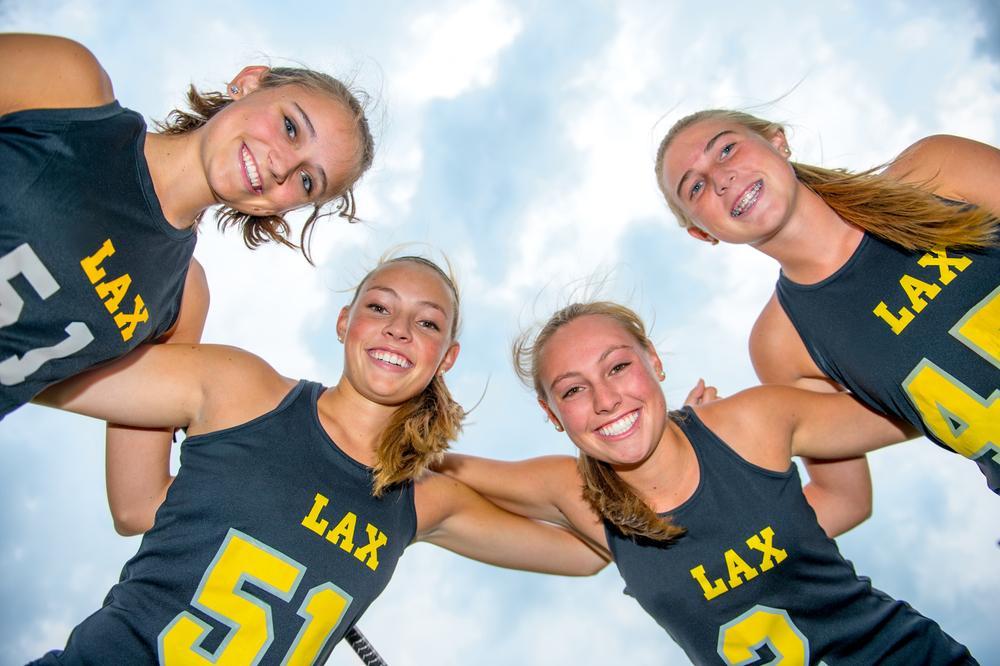
Musculoskeletal injuries to the lower extremities are common among female college student-athletes (SA) in sports that require hopping, pivoting, and running.
A recent study reported that from 2009 to 2014, 80,674 injuries occurred in National Collegiate Athletic Association (NCAA) female student athletes - resulting in an injury rate of 5.2 injuries per 1000 athlete-exposures.
Common injuries in female college SA included:
ankle sprains (eg, injury rate = 1.15 per 1000 athlete-exposures [95% confidence interval, 1.10–1.20] in women’s basketball)
Serious time-loss injuries included anterior cruciate ligament (ACL) injuries (eg, injury rate = 0.28 per 1000 athlete-exposures [95% confidence interval: 0.26–0.31] in women’s soccer).1
Injuries can lead to short-term and long-term limitations in physical activity participation. Injuries have also been reported to result in diminished quality of life both while a college athletes - here are some resources for mental health during recovery from sports injuries:
https://psychology.du.edu/clinics/center-performance-excellence






